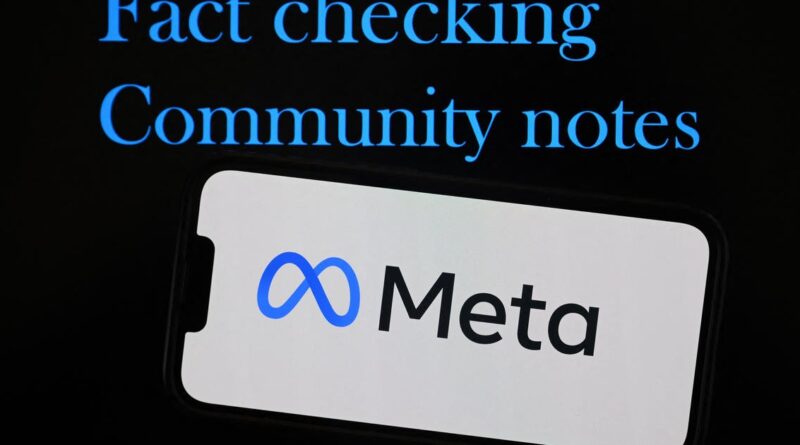What is Community Notes, and how will it work on Facebook and Instagram?
Mark Zuckerberg set the internet abuzz this week when the Meta CEO announced that the tech giant would no longer conduct independent fact-checking. The program, implemented in 2016, will be replaced with Meta’s own version of Community Notes, a crowdsourced approach to reviewing online content employed by X, the social media platform previously known as Twitter.
So what exactly is Community Notes, and how does it work?
How Community Notes works
Meta hasn’t released specifics about how it will empower users of Facebook, Instagram and other social platforms to monitor content, said Melissa Mahtani, executive producer at CBS News Confirmed.
On X, Community Notes works by leaving fact-checking up to the community. Approved contributors call out content deemed false or misleading by attaching notes providing more context. Here’s an example of a community note provided by X on its site:
X
Becoming an approved contributor on X “doesn’t take much,” Mahtani said. Any X user with an active phone number and who’s been on the platform for at least six months with no violations is qualified to volunteer to be a contributor, she said. Contributors are protected by anonymity.
When a post is deemed false or misleading by an approved contributor, the person will post a note that provides users with additional context. The note appears beneath the original post.
Once a note is added by an approved contributor, it is still not visible to regular users on X. Before that happens, other approved contributors must vote on whether the note is helpful. This is where “things get tricky” said Mahtani.
Is the note helpful?
Once a note is added to a post on X, other approved contributors rate it on its utility.
Explained Mahtani, “Other contributors need to take a look at the sourcing, the accuracy of that note, and vote on whether or not it’s helpful. If they vote that it’s helpful — this is the tricky part — the company says that an algorithm takes a look at the ideological spectrum of all those contributors who voted. If they deem that those voters are diverse, it gets published.”
The algorithm decides
According to X’s website, the purpose of its so-called bridging-based algorithm is to “identify notes that are helpful to a broad audience across perspectives.”
In other words, if the algorithm finds that contributors who voted on a given note represent an ideologically diverse group, then the note becomes visible on the platform. But if the algorithm finds that the voting contributors are too uniform in their political views — a possible sign of bias — “the public never sees it,” Mahtani said.
Problems with X’s system of crowd-based fact-checking arise when a valid note calling out misinformation isn’t rated as helpful by a diverse enough group of contributors to satisfy the algorithm, and is therefore never seen by readers. The speed at which a note is made public is also important, so that false or misleading information isn’t given the opportunity to spread unchallenged.
A report in October by the nonprofit Center for Countering Digital Hate analyzed the Community Notes feature and found that accurate notes correcting false and misleading claims about the U.S. elections were not displayed on 209 out of a sample of 283 posts deemed misleading — or 74%.
More information on how X’s Community Notes works can be found on X’s Community Notes page.
CBS News has a dedicated editorial team, CBS News Confirmed, that fact-checks claims, exposes misinformation and provides critical context. You can follow CBS News Confirmed on Instagram and TikTok.


